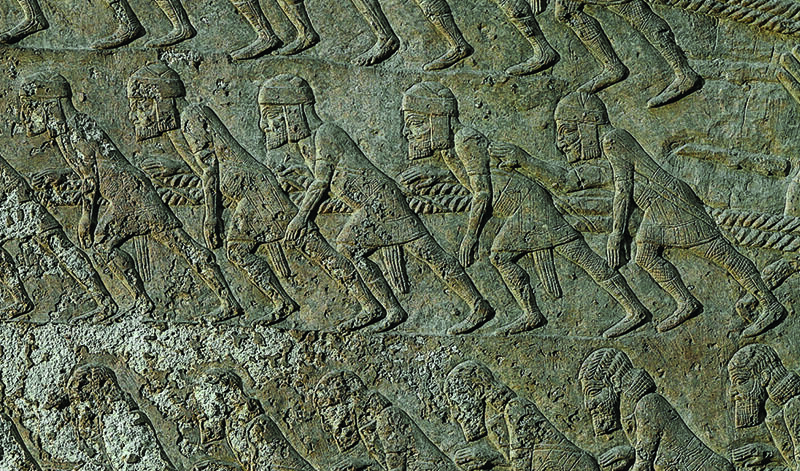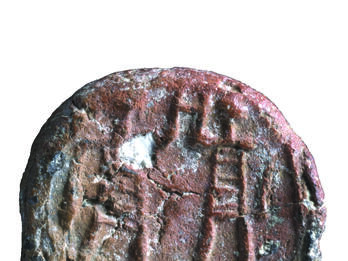Judahite Captives among the Builders of Sennacherib’s Palace
Early 7th Century BCE
Image

Engage with this Source
Related Guide
Visual Culture and Performing Arts in Ancient Israel
Biblical Period
Evidence for the material culture of ancient Israel comes mostly from artifacts and archaeology and attests to the influence of the great empires that surrounded Israel.
Related Guide
Provenance and Dating of Artifacts from the Biblical Period
Biblical Period
Artifacts help historians reconstruct the past, using layers of excavation to establish the chronology of the sites they excavate.
Related Guide
Ancient Israelite Dress and Adornment
Biblical Period
Though scant evidence of clothing has survived from the biblical period, given its biodegradable nature, jewelry and other items of adornment have.
You may also like

The High Priest’s Garments
A detailed description of the priests’ sacral vestments in Exodus 28 provides written evidence of sacred dress and adornment, although neither archaeological evidence nor pictorial representations for…

Seated Male Figure
This is a modern artist’s illustration of a painting of a seated male in profile, perhaps an enthroned dignitary. The painting was made on a potsherd from Ramat Rahel. It measures around 5 × 3 inches…

People from Lachish Going into Exile
This section of the relief from the palace of Sennacherib, king of Assyria (reigned 705–681 BCE), in Nineveh depicting his conquest of Lachish in 701 BCE, shows Judahite inhabitants filing out of the…

A Man from Lachish with His Sons
This detail appears in a relief from the palace of Sennacherib, king of Assyria (r. 705–681 BCE), in Nineveh depicting the Assyrian conquest of Lachish in 701 BCE. (For the full relief, see "Conquest…

Men Doing Obeisance to Sennacherib
The six men from Lachish in this section of Sennacherib's palace relief are dressed quite differently from the men shown in other sections. They are clad in the simplest of short-sleeved, unbelted…

Men on a Bulla of the Governor of the City
This bulla, found near the Western Wall in Jerusalem in the remains of a seventh–sixth-century BCE building, depicts two men facing each other, each raising one hand toward the other with the other…

